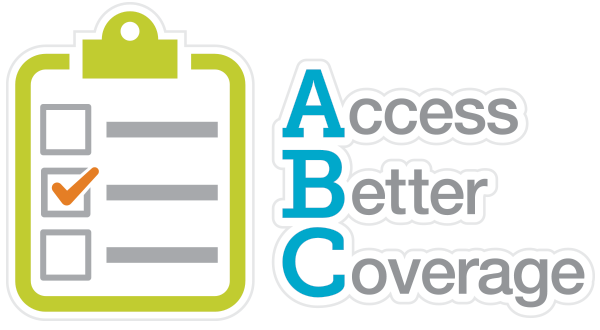4 things to think about when choosing your health plan
Four tips to help patients during open enrollment.

4 things to think about when choosing your health plan.
Four tips to help patients during open enrollment.

4 things to think about when choosing your health plan.

Open enrollment is upon us once again. Whether you are picking a plan through your employer or a health insurance marketplace, whether you are getting coverage for the first time or changing to a new plan, understanding your coverage options can help with your decision process.
Even if you like your plan, it is always smart to spend a little time and a little research to make sure your plan is the right one for you, especially as plans change year to year. Here are four helpful things to consider when choosing your health plan:
1. Where can you go for treatment?Each insurance plan has a specific network of health care providers, hospitals and pharmacies – these in-network services are covered under your plan. If you visit a health care provider, hospital or pharmacy that is out-of-network, additional out-of-pocket costs could apply. Some plans, such as health maintenance organizations (HMOs) typically only provide coverage for in-network providers, leaving patients paying the full cost of any out-of-network care. Preferred provider organizations (PPOs) provide some coverage for out-of-network care, but patients may still face high costs for out-of-network care.
Quick tip: Check whether your preferred physician or pharmacy is included in a potential plan’s network.
2. Review the plan deductible and premium.
Most health plans have a premium (the amount you pay monthly for health insurance coverage). In addition to premiums, health plans also have a deductible, the amount you pay out of pocket before your insurance will pay for most expenses. For example, if your health plan has a $500 deductible, your plan won’t pay for many services until you have paid for the first $500 of care. It is becoming more common for plans to include prescription medicines in the deductible, even those you may require for a chronic condition. Make sure to check the plan’s deductible and to find out whether prescriptions or other services are covered before the deductible so you have a good understanding of how and when your plan will cover health care costs.
Quick tip: When reviewing plans, look at both the premium and deductible. Know how and if your deductible applies to all health care services, including medicines. Often, patients who select a plan with a high deductible will most likely have a lower monthly premium, while lower deductibles often have higher monthly premiums.
3. Find out if and how your medicines are covered.
There are several factors to consider about medicines when choosing a health plan.
Quick tip: Check whether your medicines are part of your health plan’s formulary and if they would require extra steps before you receive them as step therapy and prior authorizations can often be time consuming, potentially causing delays in access to needed treatments.
4. Learn about your potential out-of-pocket costs.
In addition to premiums and deductibles, patients will often have additional out-of-pocket costs for individual treatments and services, called copays or coinsurance. A copay is a fixed amount – or flat fee – patients are responsible for paying out of pocket for certain services or medicines. Coinsurance, on the other hand, is the percentage of costs a patient is responsible for paying. If your medicine is subject to coinsurance, you may want to try to find out from your insurer what the actual out-of-pocket cost will be as percentages are harder to predict.
Quick tip: As you research plans, consider your typical yearly doctor’s visits and medicines, and see whether there are plans available that cover these. It can also be helpful to check emergency care out-of-pockets.
An informed consumer is an engaged and empowered patient. With the right information, you are well-equipped to be active participants in making decisions about your health care. To learn more, check out more resources, follow us on Twitter and join the conversation at #AccessABCs.